A prospective cohort study examining the association of claw anatomy and sole temperature with the development of claw horn disruption lesions in dairy cattle
A prospective cohort study examining the association of claw anatomy and sole temperature with the development of claw horn disruption lesions in dairy cattle
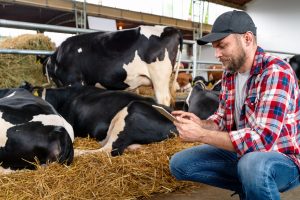
Open access
In our edition of: Jun 2024
In our categories of: farm animals
our summary:
Griffiths, B. E. et al. (2024) A prospective cohort study examining the association of claw anatomy and sole temperature with the development of claw horn disruption lesions in dairy cattle. Journal of Dairy Science, 107 (4), pp. 2483-2498.
The aim of this prospective cohort study was to investigate the association between claw anatomy and sole temperature with claw horn disruption lesion (CHDL) in dairy cows in early lactation.
A convenience sample of four dairy farms in the Northwest of England and North Wales was included in the study. The farms were visited weekly or twice weekly from February 2019 to March 2020, and data was collected for each cow at three time points: T1-precalving (-90 to -14 days, relative to parturition), T2-calving (0 to 14 days), and T3-early lactation (40 to 130 days).
The body condition score, sole temperature, digital cushion thickness (DCT), sole horn thickness (SHT), and presence of CHDL were recorded at all three time points. In addition, the foot angle and heel depth were recorded at T2-calving. Sole temperature was obtained from a thermography image of each hind foot; DCT and SHT were obtained from an ultrasound image of the hind left claw.
A total of 2,352 of Holstein cows that were expected to calve between April and December 2019 were prospectively enrolled: of these, 2,348 cows had measurements recorded at T1-precalving and 2,220 cows at T2-calving. Within the study population 589 (27.8%) cows displayed a sole lesion, and 164 (7.7 %) a white line lesion. The prevalence for sole lesion was highest at T3-early, compared to T1-precalving and T2-calving (27.8%, 10.1% and 8.2%, respectively). Findings were similar for white line lesion, with prevalence highest at T3-early followed by T1-precalving and T2-calving (7.7%, 6.0% and 5.7%, respectively).
Increased sole temperature after calving was significantly associated with higher risk of development of sole lesions and sole temperature before and after calving was associated with the development of white line lesions. Both digital cushion thickness and sole horn thickness were significantly associated with the development of sole lesions. Neither foot angle or heel depth were associated with development of either sole or white line lesions.
Limitations of the study include that the convenience sample used is not representative of all dairy farms in the UK and the relatively small number of cases with white line disease. Although most of the lesion assessments were carried out by a single person, there was no prior formal measure of agreement between the researchers.
This study provides some evidence of the importance of digital cushion and sole horn thickness in preventing sole lesions. Care should be taken when foot trimming to preserve sole thickness.
The following may also be of interest:
inFOCUS: Sensitivity and specificity of mobility scoring for the detection of foot lesions in pasture based Irish dairy cows [RCVS Knowledge] [online] Available from: https://infocus.rcvsknowledge.org/sensitivity-and-specificity-of-mobility-scoring-for-the-detection-of-foot-lesions-in-pasture-based-irish-dairy-cows/ [Accessed 24 June 2024]
inFOCUS: Prospective cohort study of the association between early lactation mastitis and the presence of sole ulcers in dairy cows [RCVS Knowledge] [online] Available from: https://infocus.rcvsknowledge.org/prospective-cohort-study-of-the-association-between-early-lactation-mastitis-and-the-presence-of-sole-ulcers-in-dairy-cows/ [Accessed 24 June 2024]
Griffiths, B. E. et al. (2024) A prospective cohort study of factors associated with the digital cushion thickness in dairy cattle. Journal of Dairy Science, 107 (9), pp. 7230-7244. https://doi.org/10.3168/jds.2023-24563
Claiming CPD for reading inFOCUS articles
Reading and reflecting on articles can count towards your CPD, and we have a template to help you with the process.
Image copyright attribute: barillopicture

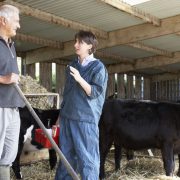

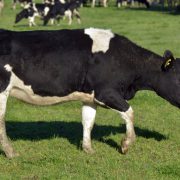

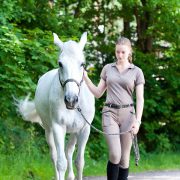
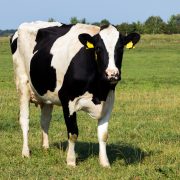
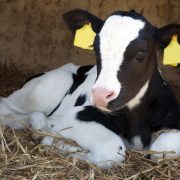
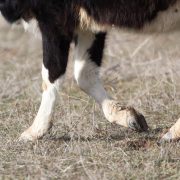


Leave a Reply
Want to join the discussion?Feel free to contribute!